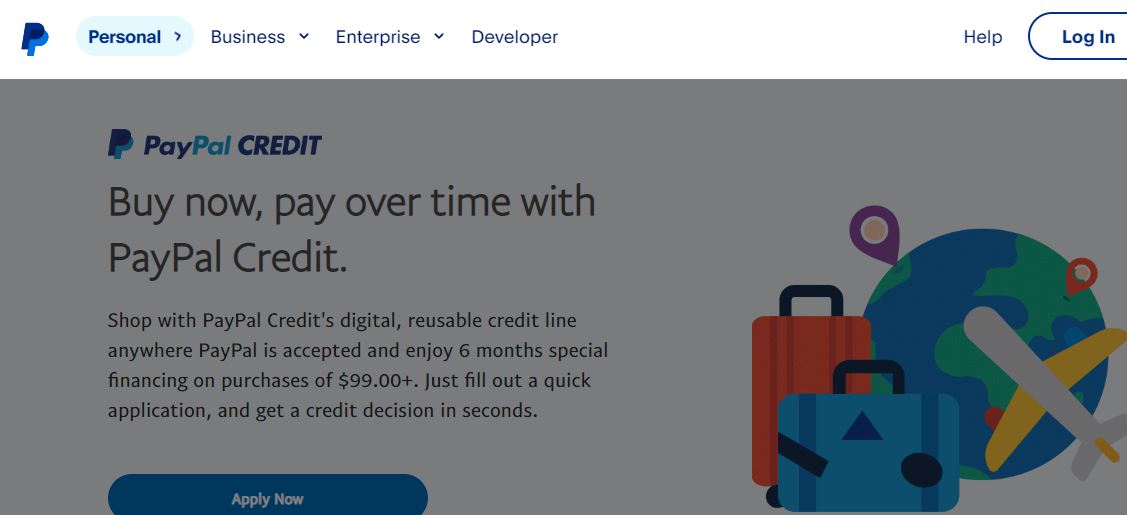The traditional exchange processes underpin global trade relationships rely on commercial, centralized networks through which few opportunities exist to ensure trust. Ethereum is the newest trend in the crypto world, and you can buy it using this site. Developing trusted relationships with suppliers requires market-to-market knowledge of their supply chain and the ability to identify and communicate with them to maintain a mutually beneficial, long-term relationship.
It is achieved by using an Ethereum network for creating Non-Fungible Tokens (NFTs), which allow the design of supply chain ecosystems that are efficient in terms of their capabilities. An example would be an asset management system built around a raw material or components like titanium where titanium suppliers could create tokens, manufacturers, importers and exporters who each provide information about production costs, creation date etc. and an Ethereum network for creating Non-Fungible Tokens (NFTs) which they can share with each of their partners to create a decentralized marketplace.
How to use the Ethereum network for creating NFT?
The ERC721 standard is an interface in the Ethereum network for creating NFTs that uses a smart contract that provides the basis for preventing duplication within the blockchain. The concept of non-fungibility has existed since ancient times and refers to goods or objects that are different from other goods or objects in specific ways, such as shape, size etc. It has been widely used in digital assets and currencies, but this standard is the first to make it possible to create NFTs on the Ethereum network.
What are NFTs?
NFTs are digital assets with characteristics that can be transferred like regular assets. Their main characteristics are that they are digital, non-fungible and created by a set of rules. NFTs allow distributed ledger technologies to be applied to real-world scenarios, such as rights management, bright property, digital collectables or data integrity. These tokens represent a part of an asset, such as an asset in a company’s inventory or part of a building, such as 10% of the top floor.
STEP 1: CONNECT TO THE ETHEREUM NETWORK
The first step to using the Ethereum network to create NFT is connecting your Ethereum address with an ERC721 smart contract. So the first question one may ask is how does the interface work? An NFT consists of four values: If the values are used, only one token can be created (because there are only four possible combinations), so the ERC721 familiar places it in a collection after generating the token.
Step 2: CREATE AN ETHEREUM ACCOUNT:
The Ethereum network uses public and private keys, which are like signatures, to create the accounts.
STEP 3: CREATE A TOKEN AT THE ERC721 STANDARD
To create a token, you must sign your account with the contract’s address and two other random numbers (nonce). Using all this information is a unique token id that can be used as an asset.
STEP 4: CREATE A NEW TOKEN
The next step is to create a smart contract. It is done by creating a new file in the contract directory of your project with the .sol extension. Once you have created this file, you need to compile it using the Remix compiler into the bytecode that users on the Ethereum network can execute.
STEP 5: VERIFY THE NFT AT THE ERC721 STANDARD
You can verify that your NFT is registered at ERC standards on Etherscan.io and Status Network’s wallet, which supports ERC721 for information on your account and all tokens.
STEP 6: ACCESS LINKS
The next step is to create links that allow access to your NFTs on the Ethereum network. These links are usually written in Base64, a data encoding standard that users can use to convert your link into a URL. In addition, it provides all necessary information regarding its working process, requirements and benefits of using the Ethereum network for creating NFTs.
Why should you create NFTs?
A non-Fungible Token (NFT) is a form of asset that you can’t put in your pocket; when it comes down to it, these assets are property with absolutely no intrinsic value. Non-fungible tokens (NFTs), or unique digital assets, are the next wave of disruptive technology, already disrupting industries like sports and collectables. It is a space of opportunity for blockchain start-ups, with the potential to change everything from corporate governance to finance.
With NFTs, we’re beginning to see the beginnings of a new era in which digital assets are commonplace and can be used as transferable goods. In the beginning, there were essential assets with no intrinsic value, like digital gold, which was intrinsically useless. Now, with NFTs, value is being placed on blockchain assets without physical existence outside the database itself. This kind of asset is a perfect candidate for transacting on a blockchain.



